Garmin Edge training features help you monitor and improve your fitness
The Garmin Edge range comes packed with fitness tracking functionality
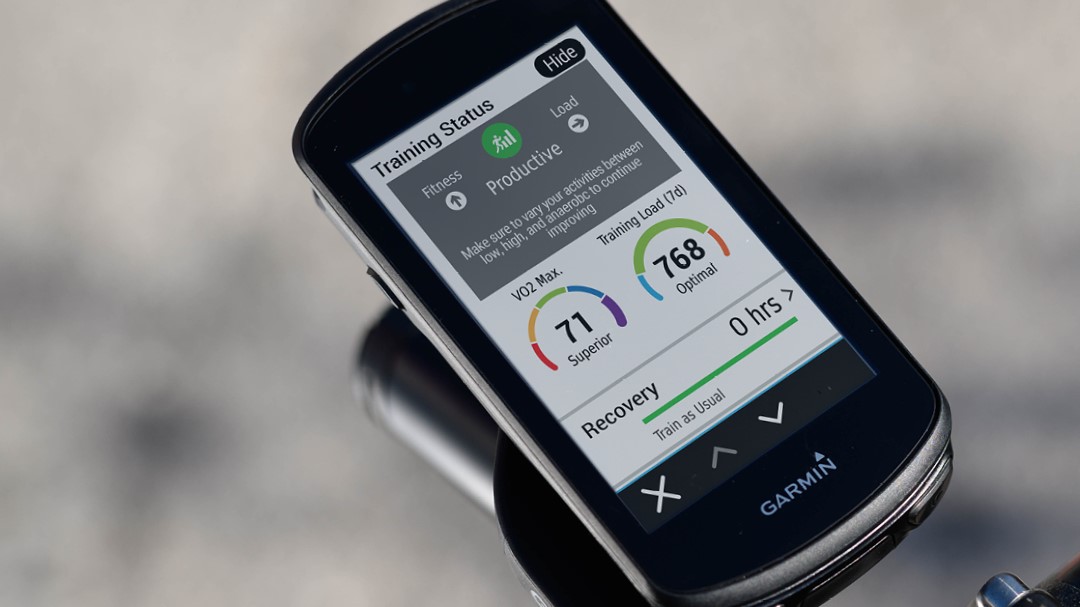
We all use the ride tracking functionality on Garmin Edge computers to follow routes and see how far and how fast we’ve ridden. But did you know that there are a host of fitness functions in the Edge and in the Garmin Connect app that let you set goals, monitor your training and improve your performance?
Here’s what’s in the Garmin Edge 530, 830 and 1030+ and how it will help you devise and follow a training regime to up your cycling game.
>>> Best Black Friday Garmin deals 2021
Current fitness metrics
Your Edge computer includes functionality to assess your current fitness level. It measures this as you ride, so you’ll get regular updates and can monitor your progress over time.
VO2 Max
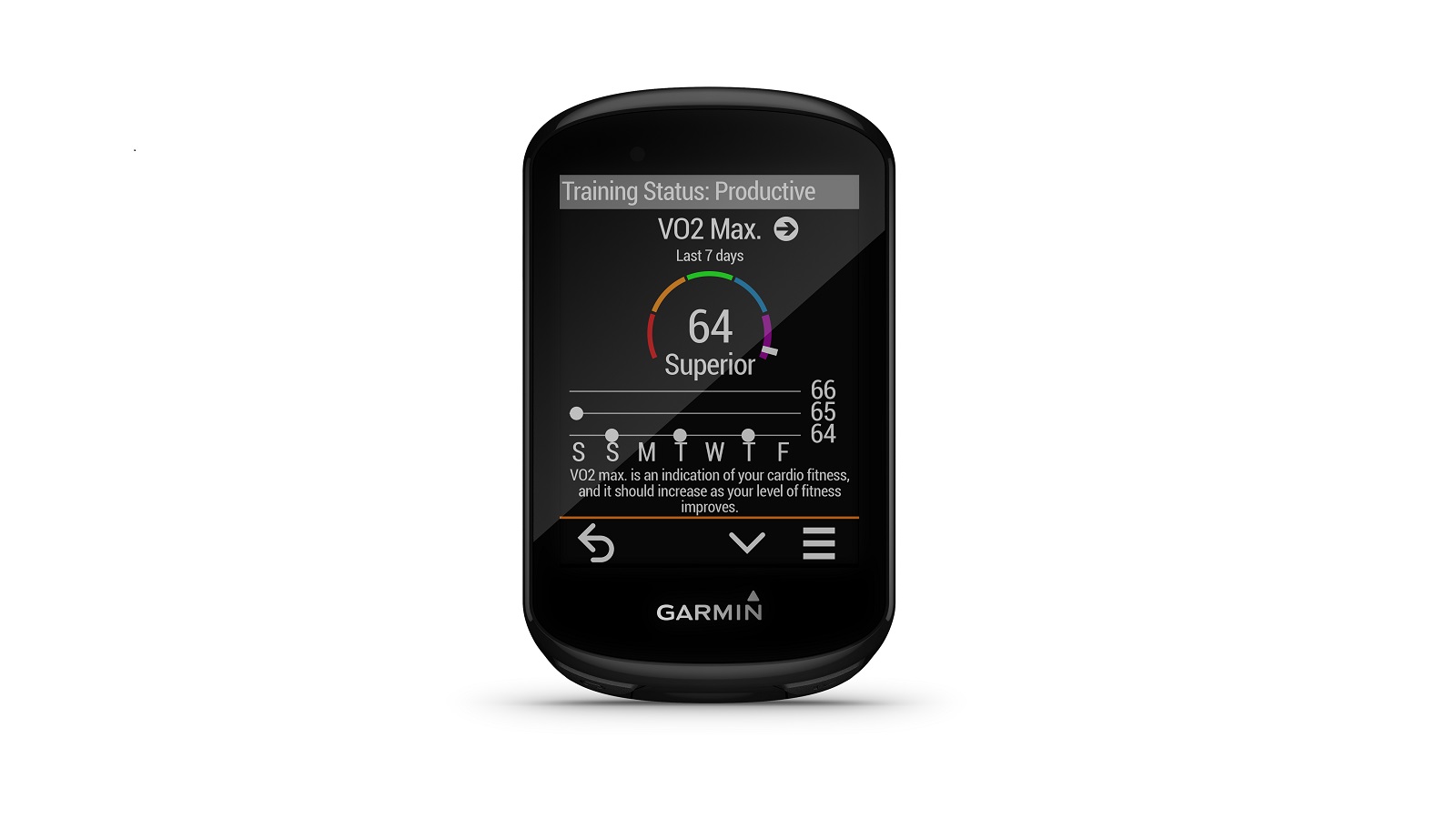
It’s a key metric for cyclists, indicating how efficiently you can absorb and use oxygen and tracking changes in your fitness, but measuring VO2 Max usually involves a hard session on a stationary bike wearing a mask hooked up to a gas analyser.
That’s usually expensive and out of reach of most non-elite cyclists. But the Garmin Edge computers include functionality to estimate your VO2 Max based on your performance when you’re outdoors on your normal training rides.
You’ll need a heart rate monitor and a power meter like the Garmin Rally pedal-based power meter to find your cycling VO2 Max, although Garmin’s smartwatches work solo to keep track of your off-bike VO2 Max for activities like running. The Edge computer homes in on parts of your ride where you’re working harder, so you don’t need to follow a specific protocol or put in a long flat-out effort to get a reading.
Even smarter, the Edge takes account of factors like riding at altitude or in hot weather that may affect your VO2 Max and compensates for these when it determines your training status.
Functional threshold power
Alongside your VO2 Max, the Edge will also track your functional threshold power, or FTP. FTP is the maximum power output you can sustain for an hour. It’s another key metric that the Edge can assess as you ride, avoiding the standard method of a 20 minute ride to exhaustion on an exercise bike, although it will also guide you through a standard ramp test.
Accept the newly calculated value and the Edge will automatically update your power zones.
It also has estimated FTP via an algorithm if you don’t want to test. The estimate may seem inaccurate at first as the device requires a few rides to learn about your cycling performance. To do this:
Heart rate variability
Another useful measure of current training status that an Edge computer can show is heart rate variability. Strap on a heart rate monitor and stand still for three minutes and it can assess your stress level. If you’re more rested, your heart rate variability will increase.
It’s a good indicator of whether you’re ready for another block of harder rides or whether you need to rest up and recover. Garmin presents the result as a stress score between 0 and 100, making it easy to understand and track over time.
Guidance on how to improve
If you’re looking to up your game, knowing your fitness level isn’t very useful unless you take steps to improve it. It’s an area where an Edge computer can help by recommending a programme of workouts and monitoring your training status.
Daily suggested workouts
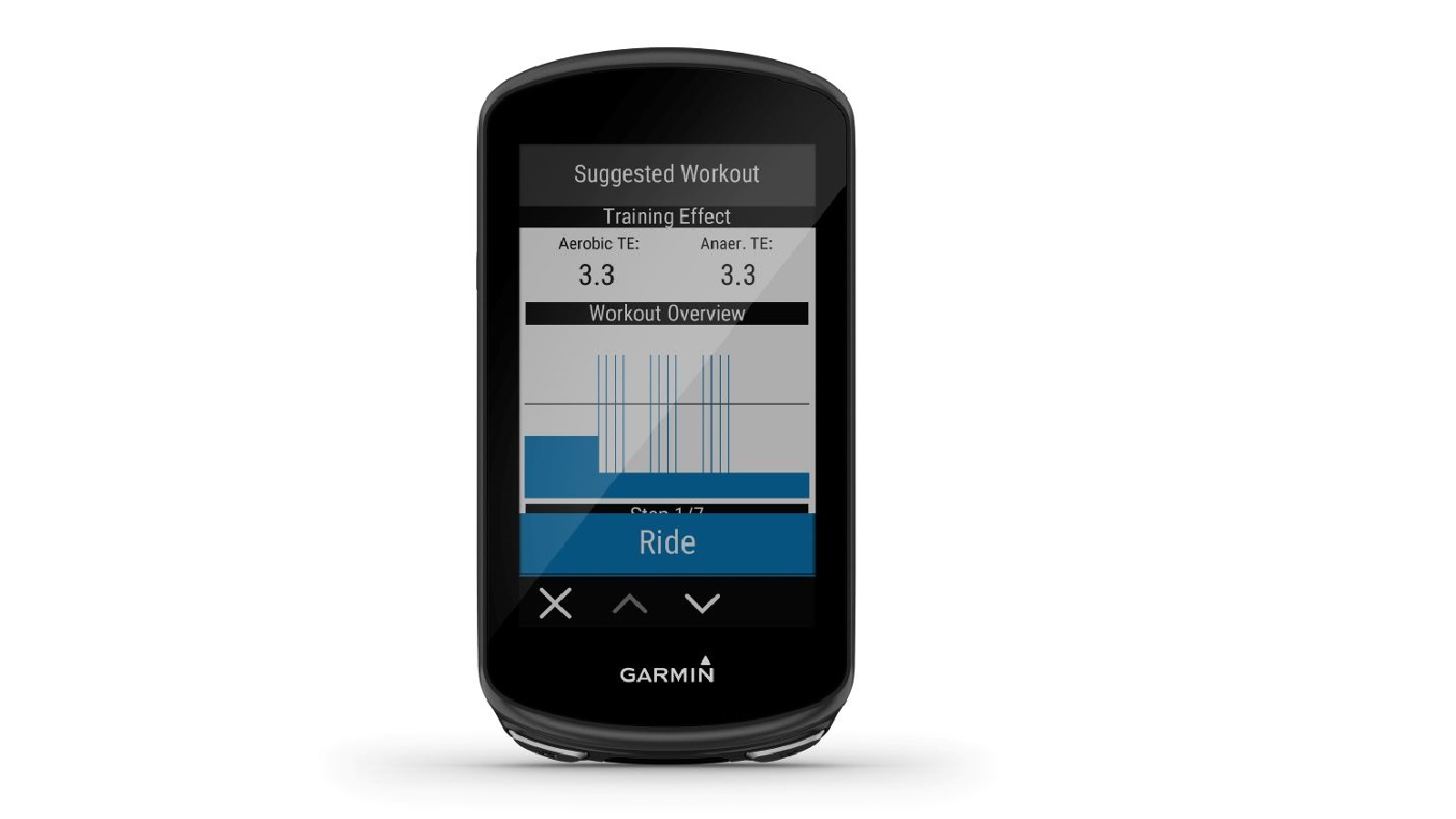
The Edge 1030 Plus goes even further, and can also suggest workouts to help you improve. On specific days, that might be by increasing your overall capacity for high intensity work or by developing your endurance base or by allowing for recovery. As you exercise, you’ll get real-time guidance to help you assess how much effort to put in.
The workout schedules are periodised to include both weeks with higher intensity and ones with a lighter load to help with recovery. They can sit in the background if you’re following a training plan for a specific event. Again, you’ll need a power meter for the Edge to keep track of your performance.
Training plans
The Garmin Connect app also provides you with structured training plans to achieve your fitness goals, including plans for endurance rides, time trials and short duration races like cyclocross.
Stretching over 6 to 30 weeks, with between 4 and 6 workouts per week, they’ll help guide you through a range of exercises. You’ll need either a heart rate monitor or a power meter - both are better - and there’s the option to include indoor training too, which allows a better gauge of performance than riding outdoors.
Performance condition
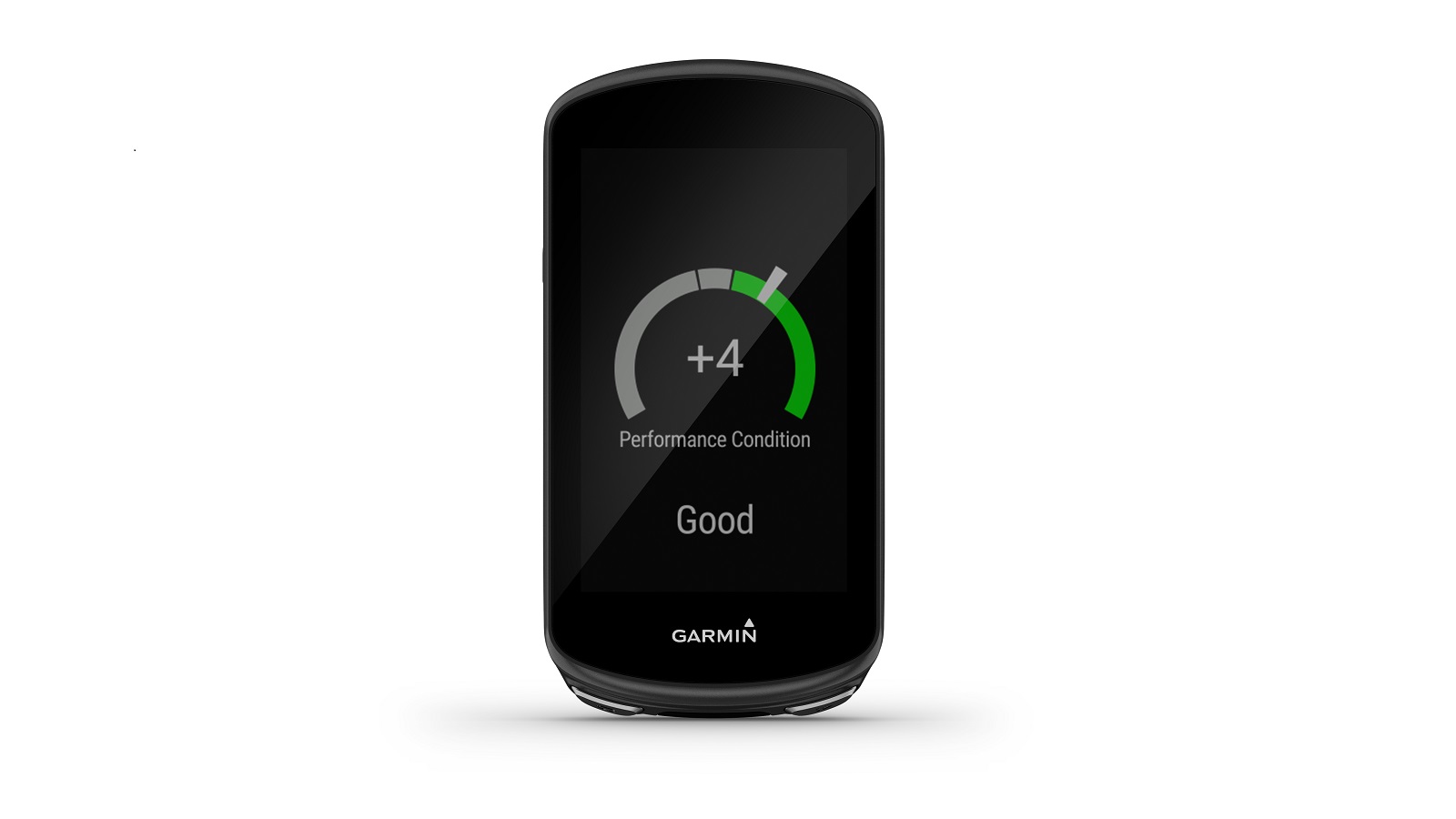
Using power, heart rate and heart rate variability, your computer will give you a real time assessment of your current condition while you’re riding via its performance condition score. You can add this metric to one of your data screens to keep tabs on it as you cycle. It will naturally drop off as your ride progresses, so you can see when you need to ease off or curtail your ride, before you hit the wall.
Training effect
When you get home, your Garmin Edge computer will also let you know the effect of each workout on your aerobic and anaerobic performance. While aerobic capacity is a measure of your overall fitness and endurance, anaerobic capacity measures your capacity for all-out efforts and resistance to fatigue. Developing both is important and you’ll get a score from 1 to 5 for each, indicating when you’re undertraining and when you’re overreaching.
Training load
Edge computers can assess your training load, using your heart rate after a ride to estimate your excess post-exercise oxygen consumption (EPOC). EPOC is a measure of the work your body is performing to recover after exercise and is an indication of how hard you’ve worked during your ride. That lets you track your exercise over time and adjust your workout schedule and intensity to balance improvement and recovery.
Training status
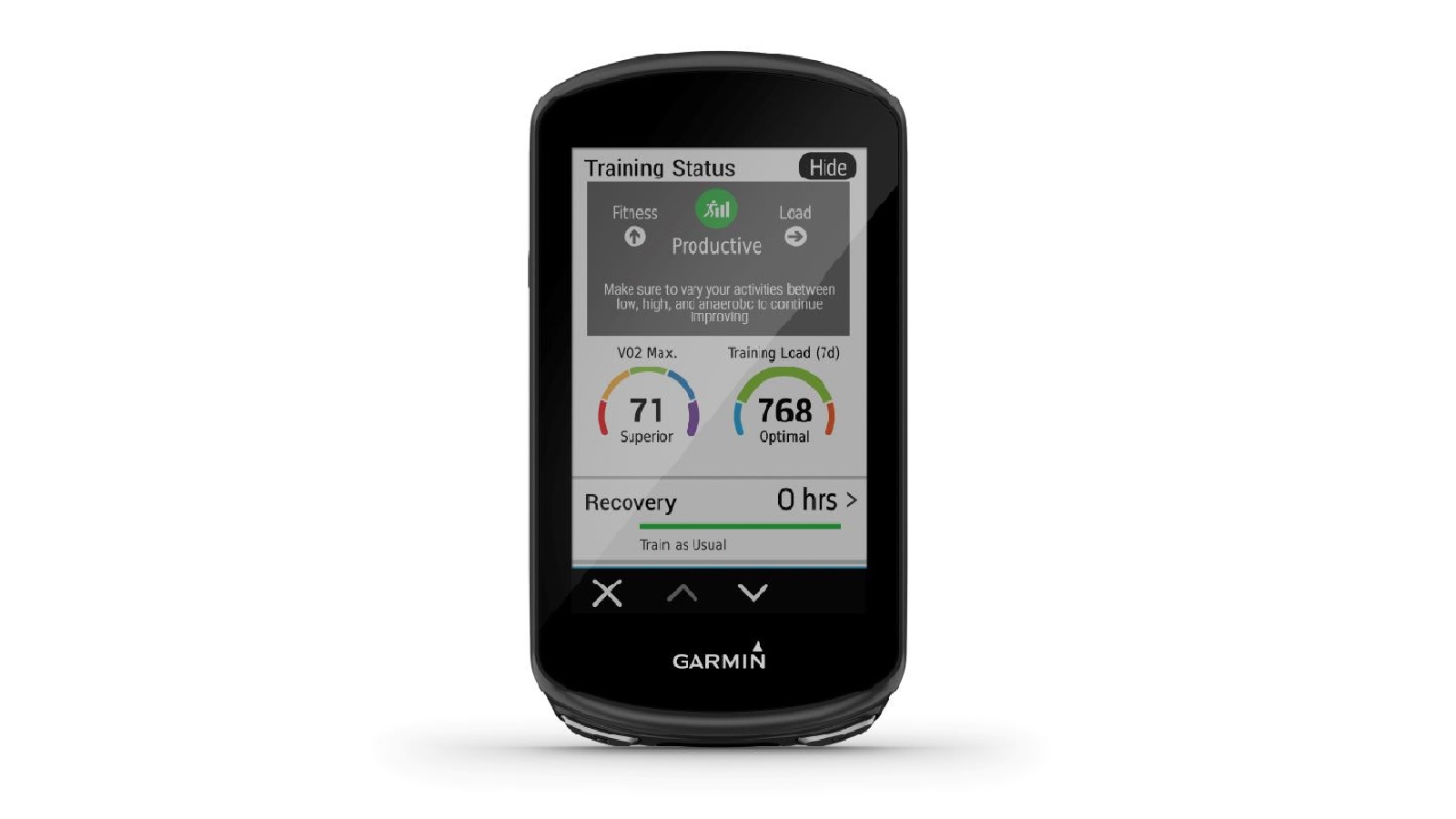
The Edge also keeps tabs on your training pattern, based on your calculated VO2 Max and your training load. This means that you can see whether your work is productive and increasing your fitness, maintaining your fitness, if you’re detraining or if your efforts aren’t improving your fitness level. You’ll also be able to monitor your recovery and spot when you’re in peak race condition.
Training load focus
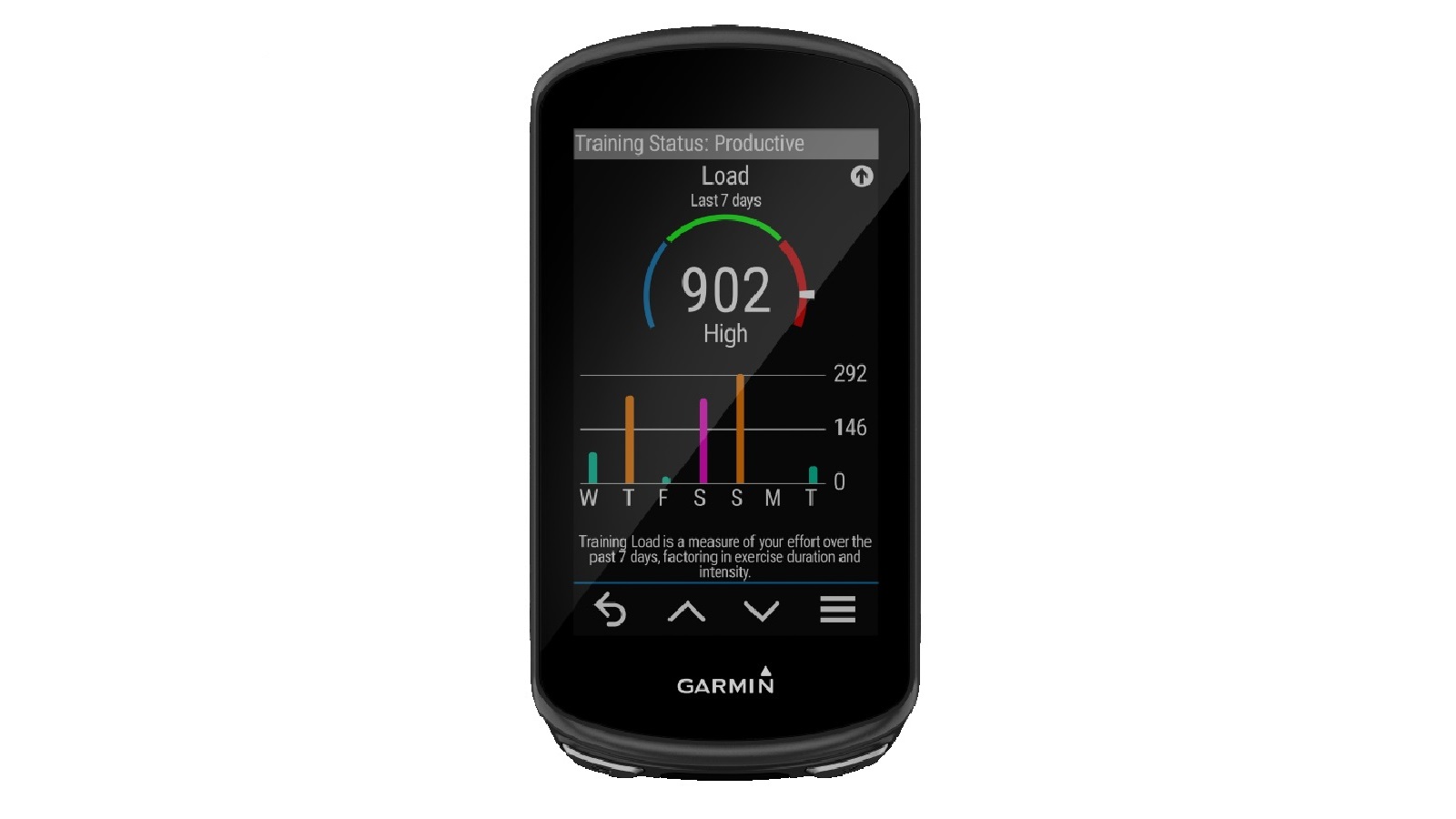
Training load focus drills down further on your efforts over the past four weeks to assess the benefits and highlight the type of training you’re doing. That might include anaerobic efforts like high intensity intervals, higher intensity aerobic efforts like longer duration fast blocks and lower intensity workouts like long tempo rides.
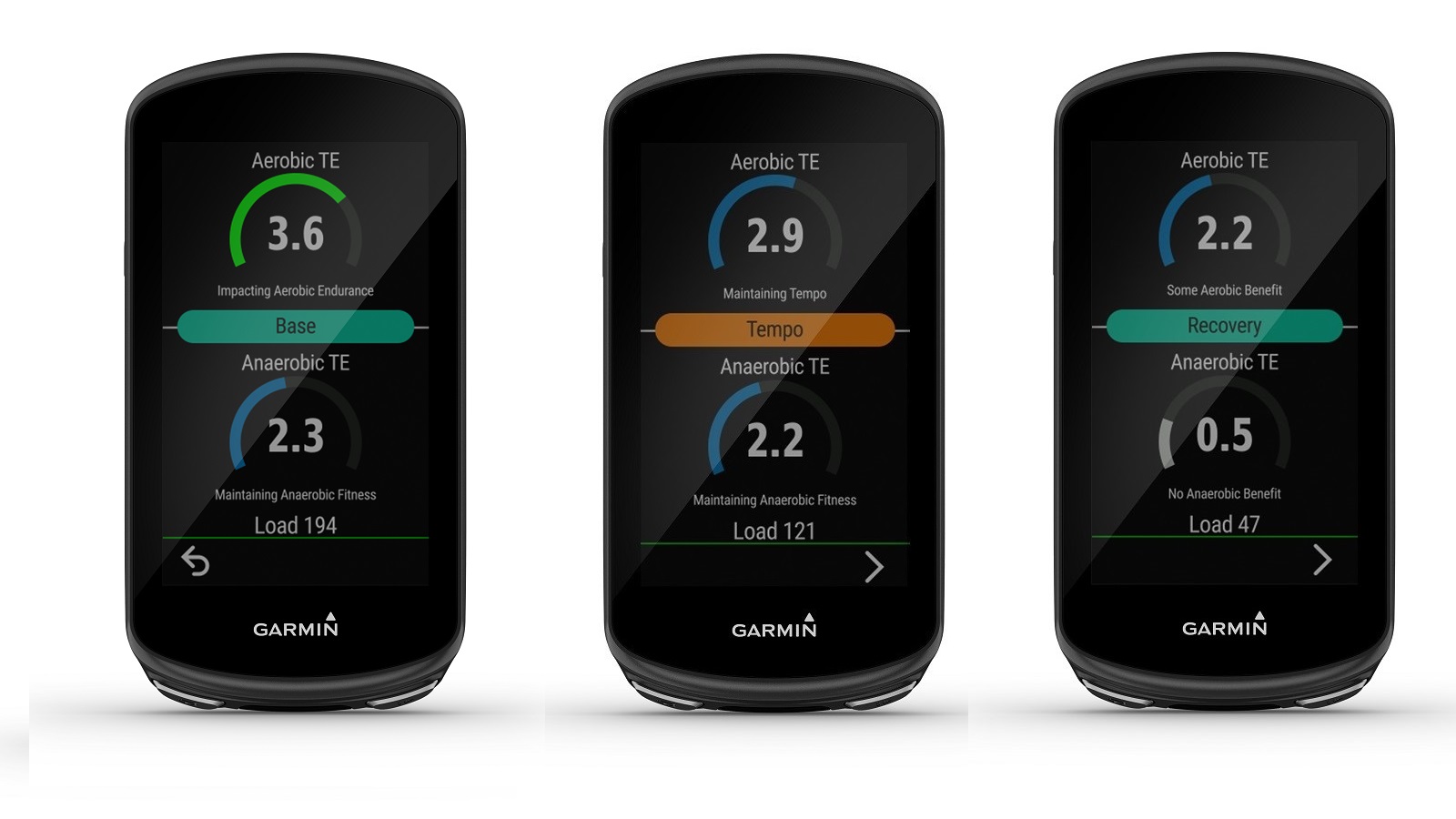
Training load focus shows the mix of these activities and highlights any deficiencies or excesses, or if you’ve achieved a balance between them, helping you to improve longer term. It also helps with exercise periodisation to target specific events.
Recovery time
Finally, Garmin looks at your current and past exercise load to recommend a recovery time. That doesn’t mean that you have to put your feet up completely, but it’s an indication of how long it will take until you’re ready for another hard effort.
The recovery time estimate takes account of your training effect and training load data. You can still take in more gentle rides - in fact they might be beneficial.
More info and insights still via Garmin Connect
All your training data is collected in the My Stats area on the Edge. it’s also cleverly integrated with the Garmin Connect app, so that you can dive deeper and get an overview of your training. If you’ve got a Garmin smartwatch you can monitor sleep, steps and other activities and they’ll be integrated with your Edge data for a holistic view of your fitness level.
You can also look back over your training history and trends in values like VO2 Max and resting heart rate over time.
It’s worth getting to grips with Garmin’s fitness monitoring functionality and using it to tailor your workouts to achieve your goals. The great thing is that they come ready-bundled with higher spec Garmin Edge cycling computers and are free to use.

Thank you for reading 20 articles this month* Join now for unlimited access
Enjoy your first month for just £1 / $1 / €1
*Read 5 free articles per month without a subscription

Join now for unlimited access
Try first month for just £1 / $1 / €1
Get The Leadout Newsletter
The latest race content, interviews, features, reviews and expert buying guides, direct to your inbox!
Founded in 1891, Cycling Weekly and its team of expert journalists brings cyclists in-depth reviews, extensive coverage of both professional and domestic racing, as well as fitness advice and 'brew a cuppa and put your feet up' features. Cycling Weekly serves its audience across a range of platforms, from good old-fashioned print to online journalism, and video.
-
 Save £42 on the same tyres that Mathieu Van de Poel won Paris-Roubaix on, this Easter weekend
Save £42 on the same tyres that Mathieu Van de Poel won Paris-Roubaix on, this Easter weekendDeals Its rare that Pirelli P-Zero Race TLR RS can be found on sale, and certainly not with a whopping 25% discount, grab a pair this weekend before they go...
By Matt Ischt-Barnard
-
 "Like a second skin” - the WYN Republic CdA triathlon suit reviewed
"Like a second skin” - the WYN Republic CdA triathlon suit reviewed$700 is a substantial investment in a Tri Suit, and it is, but you’ll definitely feel fast in it
By Kristin Jenny